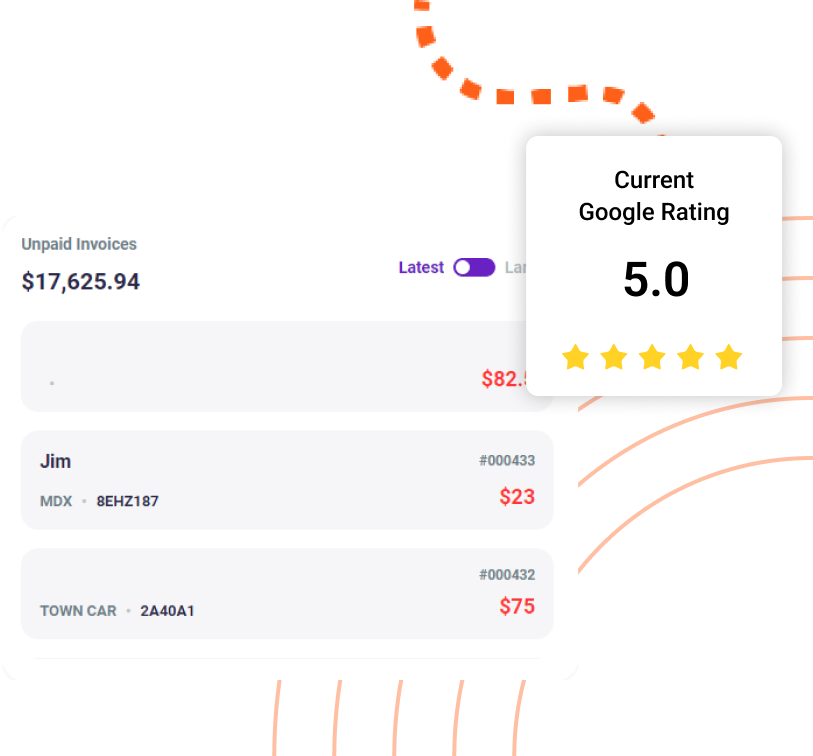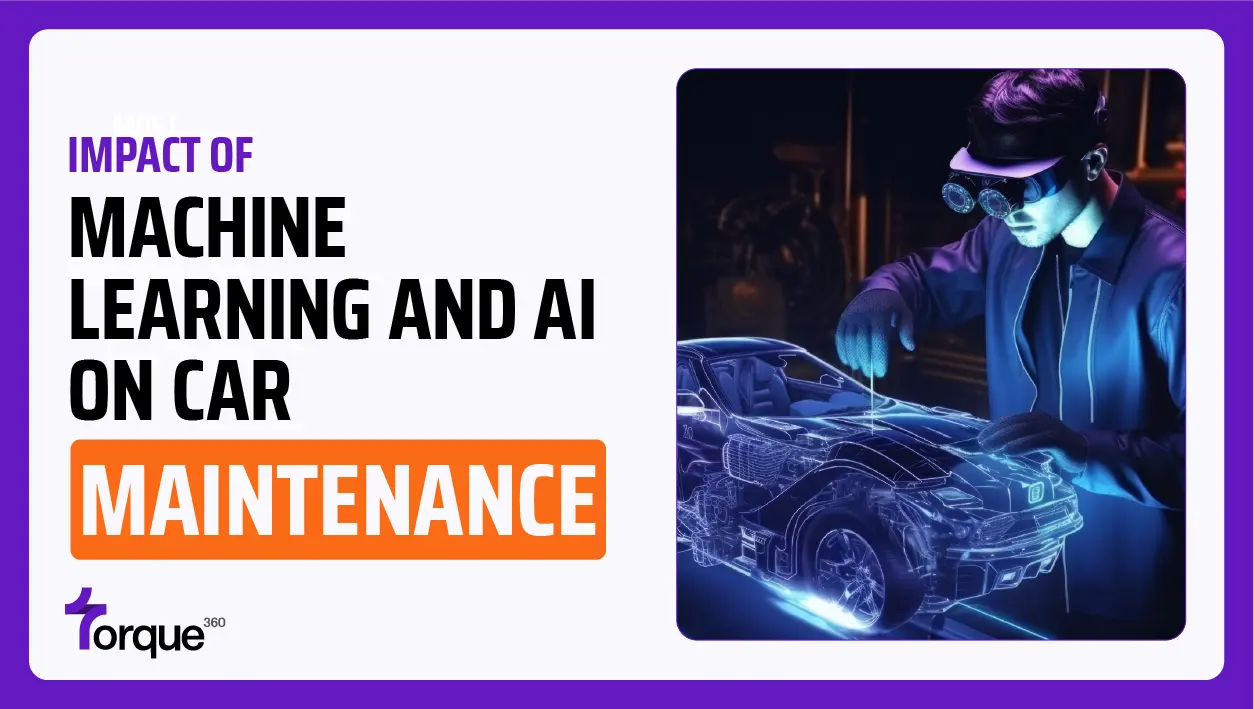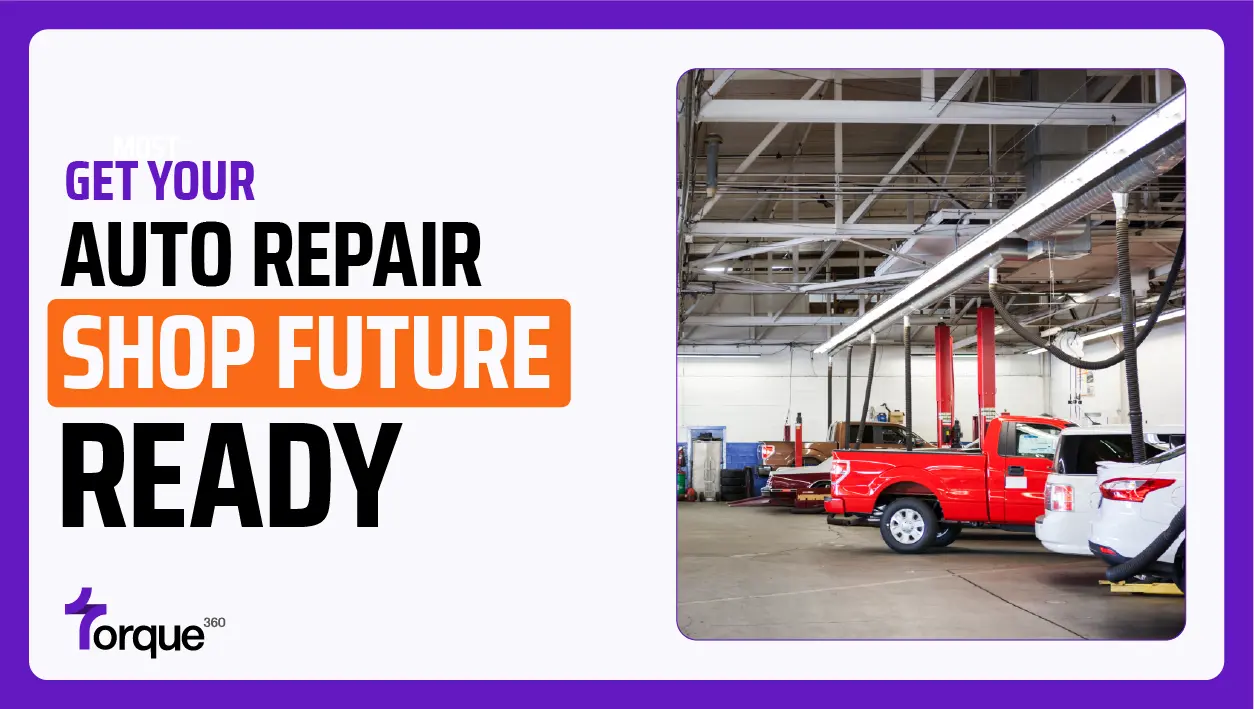Maintenance planning needs reliable data, most of which may be obtained by gathering information from your own activities. Understanding the state of the industry as a whole also helps, allowing you to evaluate your measurements against a wider set of parameters. In the end, it helps in assessing the state of your maintenance management procedures. You’ll gain insight into your areas of strength and potential development in terms of maintenance management.
Any business’s ability to operate efficiently depends on the overall effectiveness of all the equipment that is housed within it, and the auto repair sector is no exception. Auto repair management and estimate software is, therefore, an essential tool that aids in guaranteeing the best possible operation of every element.
However, several types of maintenance management exist, and selecting the right one is crucial for optimizing output and gearbox lifetime and lowering the operational and total cost of ownership. Preventive and predictive maintenance are among the finest solutions.
What Is Predictive Maintenance?
Predictive maintenance is a data-driven approach that aims to preserve asset health through intelligent analysis and utilization of gathered data. This method is based on when servicing and repairs should be done on an asset’s failure to fulfil specified performance targets rather than following predefined timetables.
According to the U.S. Department of Energy, predictive maintenance can save up to 40% more than reactive maintenance and between 8% and 12% more than preventative maintenance.
Benefits
- Minimizing Unplanned Downtime – maintenance conducted regularly ensures that the equipment features the necessary condition at all times, reducing the probability of an unexpected failure that could disrupt your workflow.
- Enhancing Longevity of Equipment—Maintaining your equipment accordingly also helps prolong the overall duration of time your machinery will work effectively.
- Cost-Effective Progress – scheduled maintenance leads to foreseeable expenses, which enables you to budget accordingly and manage your costs more effectively.
Drawbacks
- High Over Maintenance – Preventative maintenance can sometimes be performed more often than necessary. Making such a change could result in needless resource waste and raise your expenses even further.
- Resources Demand – Efficiently maintaining equipment requires detailed planning and continuous monitoring, which can be time-consuming in the long term.
What Is Preventive Maintenance?
On the other hand, preventive maintenance is a proactive strategy that includes routinely planned tasks and inspections that prevent machinery and equipment from breaking down or having unplanned breakdowns. Preventive maintenance sticks to a preset plan based on past data, manufacturer guidelines, and industry best practices, as compared to predictive maintenance, which depends on data analysis and real-time monitoring.
It has become necessary to do maintenance regularly. There are three basic forms of preventative maintenance; these types vary in their scheduling and are customized to serve different customer’s requirements.
- Schedules for usage-based preventative maintenance, such as replacing your car’s tires every 50,000 miles, base upcoming repairs, and inspections on how often the product is used.
- Time-based or calendar-based preventive maintenance establishes precise intervals for maintenance, such as the car’s monthly oil change.
- Schedules are created using condition-based maintenance and consider things like product degradation and damage.
Benefits
- Improved Efficiency: Systems ensure maintenance is performed only when necessary, saving money and time.
- Reduced Downtime: By identifying issues early on, auto repair retailers can avoid unforeseen delays and continue operating without disruptions.
- Long-term Cost Saving: Because of fewer hours of equipment downtime and longer equipment life expectancy, auto repair shops can save money over time despite the sizeable initial investment needed.
Disadvantages
- High Initial Cost: To get started with IoT sensors and analytical software, a business needs to make a large upfront investment, including the cost of training employees.
- Technical Complexity: To effectively analyze the data and make accurate predictions, one must have a deep technical understanding, which may act as a deterrent.
Ending Remarks
Predictive and preventive maintenance appears to have a positive future because of innovative advancements and emerging trends. With the further advancement of Artificial Intelligence (AI) and Machine Learning (ML) technologies, we can predict product problems more accurately.
When employing predictive and preventative maintenance, it’s good to start simple. Start with a few pieces of equipment and work your way up. Ensure that everyone, from the floor staff to the upper management, is on the same page and cooperating.
Regular training will enable your team to comprehend and use the maintenance data efficiently. Update them regularly with the most recent data to ensure your maintenance systems remain precise.
Be ready for a few challenges along the way, such as the high initial costs, integrating the new system with outdated technologies, and handling massive volumes of data. To overcome these obstacles, you’ll need the right technology, a well-thought-out plan, and a commitment to continuous development.
| Predictive Maintenance | Preventive Maintenance |
| A data-driven approach focusing on asset health | Routine tasks based on time, usage, or condition |
| Utilizes intelligent analysis of gathered data | Follows a preset schedule based on historical data |
| Maintenance is performed based on performance targets | Maintenance is based on manufacturer guidelines and best practices |
| Can save up to 40% more than reactive maintenance | Routine and scheduled to prevent unexpected breakdowns |
| Aims to minimize unplanned downtime | Increases efficiency by performing maintenance only when necessary |
| Enhances equipment longevity | Helps avoid unforeseen delays and maintains operation continuity |
| Predictive maintenance is cost-effective in the long run | Preventive maintenance involves high initial costs for setup |
| Requires detailed planning and continuous monitoring | Demands significant upfront investment and technical expertise |






